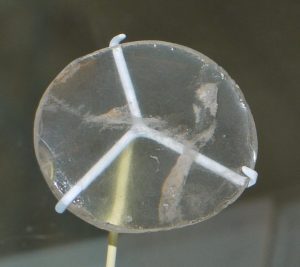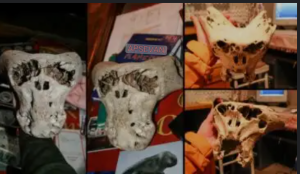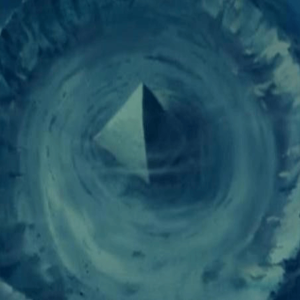What happened recently? Scientists Are Proposing Formal ‘Alien Contact Protocol’

If alien life sends us a message tomorrow, how will humanity respond? For the first time in 35 years, a team of policy experts and scientists has united to create a set of alien contact protocols for the world to follow in the event of a sudden alien encounter.

Elliot is the coordinator of the new SETI Detection Centre at the University of St Andrews, the interdisciplinary organisation that will establish the new alien contact protocol.
According to Elliott, the new research team will “go beyond thinking about the human impact of a potential alien encounter” and start focusing on how we should respond.
Currently, the only protocol for human contact with aliens was established in 1989 by the Search for Extraterrestrial Intelligence Institute (SETI) community. The protocol, last revised more than a decade ago, was vague about the international community’s response to aliens; it focused primarily on the importance of sharing discoveries with the public and the wider scientific community.

From searching for traces of water on Mars to discovering potential Earth-like exoplanets, advances in space exploration in recent decades have made the idea of life on other worlds more plausible. Yet despite more than a century of efforts to get in touch with these potential life forms, humans have yet to hear back.
Rather than focusing on sending messages to aliens, the new SETI detection center will scan signals for potential messages sent from alien life forms and will develop a framework to attach meaning to those signals. SETI will create impact assessments; submit reports outlining specific policy impacts; and develop protocols and papers for dealing with hypothetical alien messengers.

“Are we going to get a message from aliens? We don’t know. We don’t know when it’s going to happen,” Elliott said. “But we do know that we can’t be unprepared — scientifically speaking, There is no direction, socially and politically – because of an event that could become a reality as early as tomorrow.”
While conspiracy theories about potential alien visitors to Earth have abounded recently, a Defense Department report this week found no evidence of unidentified aerial phenomenon (UAP) cases reported by the U.S. military in more than 140 unidentified aerial phenomenon (UAP) cases reported this week. Alien visitor. “Air debris” such as foreign spy drones and weather balloons are the more common explanations for the anomaly in the U.S. sky. At least for now.




